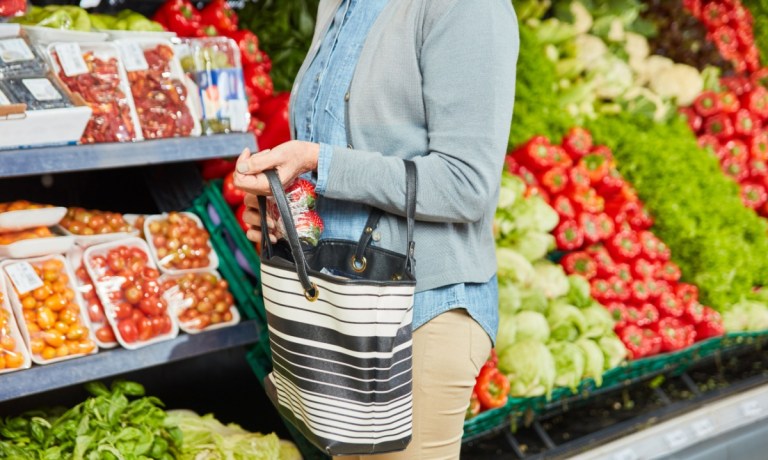Grocers Tackle Escalating Theft and Fraud Crisis

In recent years, the grocery sector has faced a burgeoning challenge: the rising tide of theft and fraud.
According to data from the Food Industry Association (FMI), a national trade association for the U.S. food industry, this is the most commonly faced challenge for grocers today, per the group’s yearly report “The Food Retailing Industry Speaks 2024.” In fact, the study revealed that 85% of food retailers say that the rise of theft and fraud is one of the most deleterious challenges negatively impacting their performance.
Grocers are working to combat the issue. Take, for instance, supermarket giant Kroger. Interim CFO Todd Foley told investors on the company’s most recent earnings call that efforts to combat shrink are key to the grocer’s plans to improve its margins.
“We have today more levers maybe than we’ve had in the past to be able to drive … value through margin expansion,” Foley said, “… [including] the things that we continue to do with process improvement, whether it’s in supply chain, whether it’s continuing to drive down shrink, et cetera.”
Similarly, the world’s largest grocery retailer, Walmart, highlighted on its last earnings call that it has managed “a little bit of improvement this year in shrinkage from private from the previous years,” according to the company’s U.S. CEO John Furner.
The advent of self-checkout technology, while offering convenience to customers and operational efficiency to retailers, has inadvertently opened new avenues for theft and fraud. Self-checkout lanes, which often rely heavily on customer honesty and minimal supervision, are particularly vulnerable to “skip scanning” — where customers intentionally bypass scanning certain items.
As such, some retailers have begun cutting back on self-checkout and increasing employee surveillance in self-service areas, which has the advantage of reducing losses from theft but comes with its own labor costs.
Checkout systems that automatically track purchases with computer vision such as smart carts or Amazon’s Just Walk Out technology may help reduce this challenge, as they do not rely on consumers to be honest. Walmart-owned Sam’s Club is replacing its previous method of having employees check receipts as shoppers exit the store with artificial intelligence (AI)-powered technology that can visually scan customers’ carts.
“Self-checkout has been around for over 20 years and has been a compromise … and that is of course increased shrink, increased theft. And there have been countermeasures employed — computer-vision-based countermeasures Everseen, et cetera — but it’s still a healthy tension,” Grabango Chief Revenue Officer Andy Radlow told PYMNTS in an interview last year.
In the recent past, theft has been a growing problem for merchants. Last year, retailers faced approximately $142 billion in inventory shrink, marking a 25% increase from the previous year.
In the face of rising theft and fraud, the grocery sector stands at a crossroads, balancing technological advancements with traditional methods to safeguard assets. The integration of AI and computer vision technologies offers promising solutions, yet the tension between operational efficiency and security remains.
As grocers like Kroger and Walmart continue to innovate and adapt, the broader industry must find a sustainable path forward, ensuring both profitability and integrity. The fight against shrinkage is far from over, but with concerted efforts and smart investments, the sector can hope to mitigate these challenges.